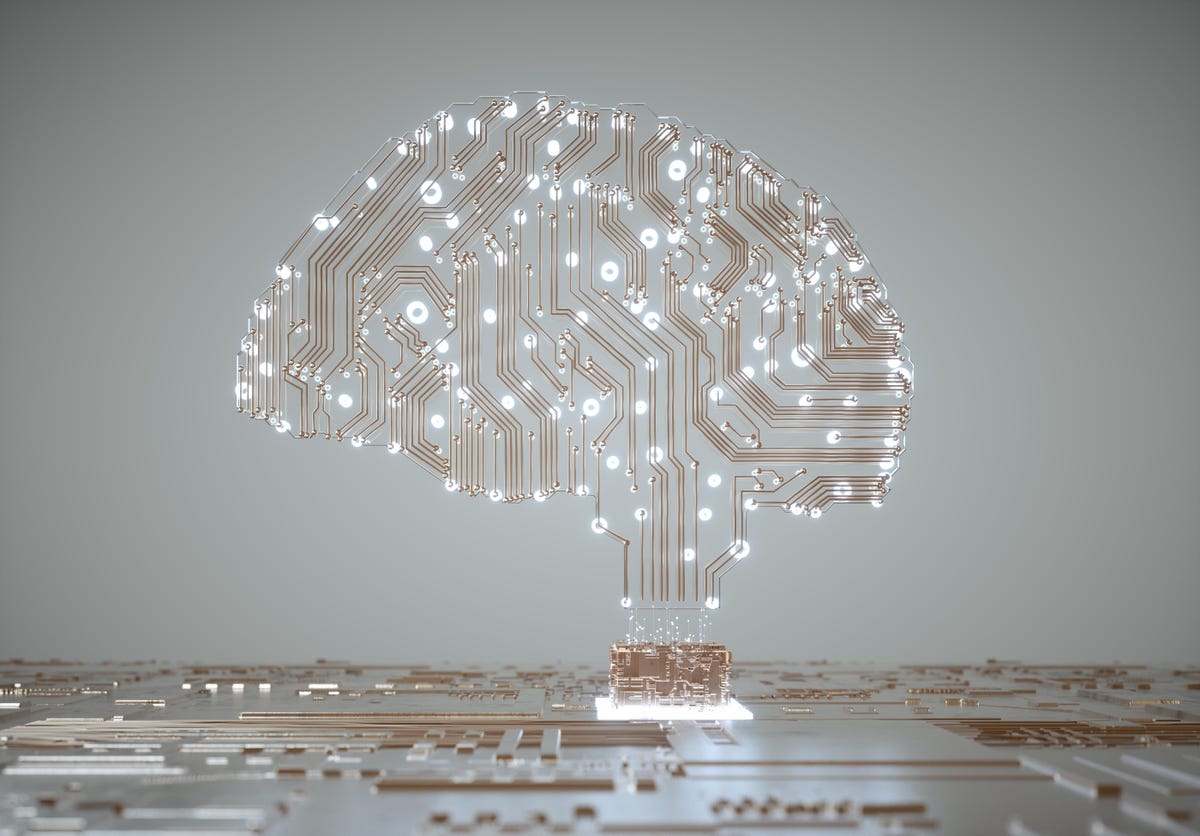Key Takeaways
- Wireless sensing detects motion and presence via the interpretation of how electromagnetic waves (like WiFI) are interrupted.
- Key benefits of wireless sensing technology include its ease of installation, its cost-effectiveness and the way it respects the privacy of occupants.
- Core use cases for wireless sensing include security, healthcare and wellbeing monitoring, and energy efficiency.
Previously we looked at what wireless sensing is and how it works. Here we focus on the applications of wireless sensing: How wireless sensing can be used to more effectively detect and analyze human motion and presence.
What Are the Benefits of Wireless Sensing?
Wireless sensing means using wireless technology (such as Wi-Fi or radio waves) to detect and interpret presence and motion. Our focus in this article is explaining some of the applications of this technology and why it can out-perform other forms of sensing technology.
Before looking at that, however, it is worth observing some of the general benefits and challenges associated with wireless sensing over other sensing technologies:
- Ease of installation. Being unencumbered by physical wiring connections, wireless sensing devices tend to be relatively portable and easy to install. While this may not always be the case of industrial applications, in the home and commercial contexts, technologies like RFID, NFC, and Wi-Fi IoT devices are valued for their versatility and simplicity.
- Cost-effectiveness. Without the need to substantially modify existing infrastructure, wireless sensing is generally more cost-effective than other forms of presence and motion detection. Furthermore, the ability to detect motion through walls and other physical barriers can reduce the number of sensor units required.
- Scalability. Without dependence on an inbuilt physical infrastructure, wireless sensing technology tends to be easier to scale up for size or usage: Extra devices can be added for only a small additional cost.
- Respect for privacy. Motion data only picks up disturbances in wireless signals, it does not transmit images or, on its own, identify people. This means it can be placed in private areas within a home where individuals may not wish to place cameras. It also means there is less of a security risk as intercepted data is unlikely to identify anyone.
What Are the Challenges for Wireless Sensing?
As with all forms of presence and motion detection, wireless sensing comes with pros and cons. Some of the challenges of using this technology include:
- It can be less effective outdoors. Environmental interference with wireless waves can make the technology less effective in poor weather.
- Object occlusions. While motion can be detected through barriers, the signal can still be affected by some physical objections such as concrete walls. This risk is best mitigated by the use of mesh network topologies where devices communicate via multiple nodes, circumventing any one occlusion.
- The technology is still in its infancy. Wireless sensing itself is a relatively new technology. This means that in some applications, like the healthcare context, it is not yet ready to be used to its full potential.
Wireless Sensing Application 1: Home Security and Monitoring
Wireless sensing can detect motion within the home, and send alerts to devices informing individuals of intrusions or unusual activity.
Benefits of wireless sensing in this context include:
- Non-line-of-sight monitoring. Wireless sensing can be used to detect motion behind walls and furniture, something that can’t be done with traditional motion detection technologies such as cameras.
- Respect for privacy. Motion data only picks up disturbances in wireless signals, it does not transmit images or, on its own, identify people. This means it can be placed in private areas of the home where individuals may not wish to place cameras.
- System complexity. Multiple cameras will often need to be co-ordinated to capture areas that could be covered by one wireless sensor.
- Low cost. As wireless sensing tends to use less computational power than other motion detection methods, it is often more cost-effective.
Wireless Sensing Application 2: Healthcare
The world population is aging, with the section of the population over 60 expected to grow to 1.4 billion by 2030. The overwhelming majority will age in the home, where healthcare and well-being monitoring can be vital.
Healthcare wellbeing and monitoring can be achieved by using wireless sensing for picking up on:
- Unhealthy behaviors of the elderly or ill. Smoking, whether the individual is sedentary, or unusual movements can be detected via wireless sensing. This data can then be highlighted for caregivers or health professionals. In some cases, paraparesis and Parkinson’s may also be detected.
- Falls. Falls are a leading cause of death for those over 65, and something that needs to be monitoring carefully. If an elderly or vulnerable family member falls, emergency services can be dispatched and/or family notified to their device.
- Vital sign estimation. Respiration and heartbeats can be detected through advanced wireless sensing applications.
- Sleep quality detection. Based on breathing patterns, wireless sensing could be used to determine whether high-quality sleep is occurring.
- Tracking medication usage. Motion patterns can be used to detect whether medication has been taken as expected at designated times.
Some sensing technologies such as wearables or cameras may also be able to make some of the measurements listed. However, wearables have a high ‘false positive’ count, and rely on compliance from users (not everyone will remember to wear these devices all the time). Cameras, in turn, can feel like a privacy violation for residents who do not want to be recorded at all times.
Read more about the benefits of wireless sensing in the healthcare context in Y. Ge et al. (2023). “Contactless WiFi Sensing and Monitoring for Future Healthcare – Emerging Trends, Challenges, and Opportunities.” IEEE Reviews in Biomedical Engineering. Vol. 16, pp. 171-191.
Wireless Sensing Application 3: Energy efficiency
Wireless sensing can determine when individuals have arrived in the building, and what they are doing within the home, and power up and down appliances in response.
This has applications both in homes, and in office buildings/industrial settings where energy efficiency is paramount.
One recently researched example is HVAC optimization. HVACs can be configured using occupancy data to alter their cooling and heating set points over long periods of time. You can read more in an in-depth analyis by Kingsley Nweye and Zoltan Nagy (2022). “MARTINI: Smart meter driven estimation of HVAC schedules and energy savings based on Wi-Fi sensing and clustering“. Applied Energy. Volume 316.
Other potential examples include:
- adjusting lighting based on predicted occupancy
- monitoring appliance use to power down based on predicted demand
- optimizing elevators (e.g., number required to be in operation) based on usage patterns.
Wireless Sensing — Future Applications?
As a relatively new technology, wireless sensing has mainly been commercially refined in the home security and monitoring setting. As the technology is further developed we can expect to see further wireless sensing applications in areas like energy and healthcare.
FAQ
While these applications are still in development, it is likely that wireless sensing will be able to detect breathing patterns and other physiological signs which indicate anxiety or other mental healh issues.
By detecting unusual movements or falls and alerting family members or authorities. Technology is also in development to enable wireless sensing to predict future health issues through analysis of gait and micromovements.
Through analyzing motion patterns and powering appliances up and down accordingly, wireless sensing can save money due to reduced energy use.




